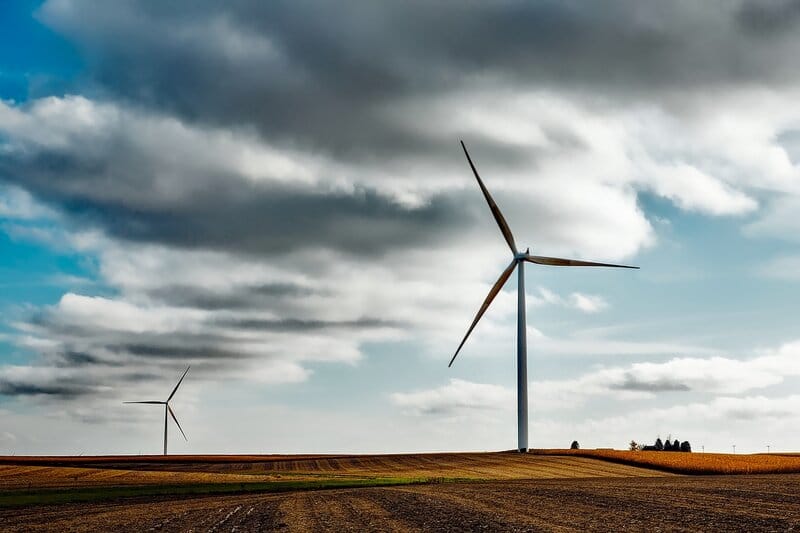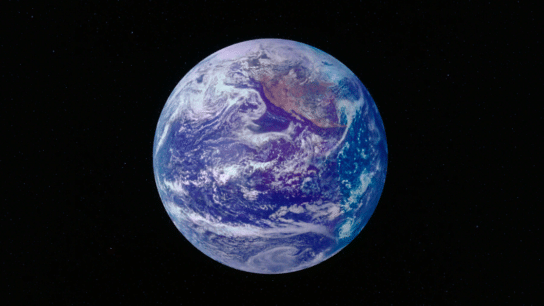Renewable energy sources are an important tool in divesting from fossil fuels, reducing emissions and fighting climate change. Major economies, like the UK, have pledged to cut their emissions to net-zero by mid-century, or like China, 2060. By 2035, renewable energy sources are going to account for more than half of global electricity production. But what will be powering this eco-friendly future? Here are five of the fastest-growing renewable energy sources across the world and how they are being used.
—
Hydropower
First on our list of the fastest-growing renewable energy sources, hydropower is the most widely used form of renewable energy in the world, producing 1 295 gigawatts of energy. This amounts to 54% of the global renewable power generation capacity. The most common hydropower comes from water in dams. The water gets released from the reservoir to drive the turbines which generate the power. However, it can also be used by the natural running of a river or tide to drive the turbines. Because hydropower can be generated quickly, it is used as a pumped-storage plant that can provide backup energy at short notice.
China has the biggest hydroelectric generation in the world. The Three Gorges generate 22.5 GW. China has made large investments in hydropower so that they are not as reliant on coal. It gets around 15% of its energy from hydropower. In Southwest China many of its rivers are high above sea level, and China knows that hydropower is the only renewable energy they can use on a big scale, therefore it makes big investments in the sector.
Wind Energy
Wind turbines are normally used to get kinetic energy from the wind to generate energy. Wind energy is the second most used renewable energy source in the world, producing 563 GW and produces 24% of the world’s total renewable energy generation capacity.
The UK is the sixth-biggest producer in the world, producing 13 603 megawatts. Offshore wind farms are constructed in bodies of water, and in the UK, wind farms power the equivalent of 4.5 million homes. Onshore wind farms deliver less energy for the UK, only providing around 10% of UK energy by 2020, despite being the most cost-effective alternative for new electricity in the UK compared to traditional fossil fuels.
You might also like: The Growth of Renewable Energy: What Does the Future Hold?
Solar Power
Solar power works by converting light from the sun into energy. The UK is installing solar panels faster than any other European country. Solar power has had an annual average growth rate of 25% over the last five years across the world. Spain is a major producer of solar power, contributing 75% of the global concentrated solar power.
The biggest solar power plant in the world is located in the United Arab Emirates. The Noor Abu Dhabi solar project produces 1.17 GW, producing enough electricity to power the demand of 90 000 people. It will reduce its carbon footprint by 1 million metric tonnes a year, which is the same as taking 200 000 cars off the road, proving the UAE is making good progress in the fight against climate change even though the country is still oil-dependent.
Bio-Power
Modern biomass includes biofuels and wood pellets as well as traditional ones that were already used, such as agricultural by-products. These products are then burned to create steam, which powers a turbine that generated energy. China, the UK, and India accounted for more than half of the world’s total bioenergy capacity expansion in 2018, while bioenergy provides 11% of the UK’s energy and bioenergy.
Geothermal
Last on our list of the fastest-growing renewable energy sources, geothermal energy is thermal energy generated and stored in the earth. Globally, geothermal production exceeded 13.2 GW in 2018. One-third of green energy that is made using geothermal sources is electricity. Iceland is one of the world’s biggest producers of geothermal electricity, producing 26.5% of the country’s electricity and 87% of their housing and building needs from natural hot water sourced underground. In the UK, geothermal energy is not the most viable option as the ground is not hot enough, but it has increasingly been using shallow resources from the upper crust of the earth that is heated by the sun. With the help of ground source heat pumps, the energy is extracted.
While these fastest-growing renewable sources of energy are encouraging, there is still much work to be done in the realm of renewable energy. it is vital that governments around the world shift to using renewable energy to power their countries to give us the best shot at meeting the targets under the Paris Agreement.

















